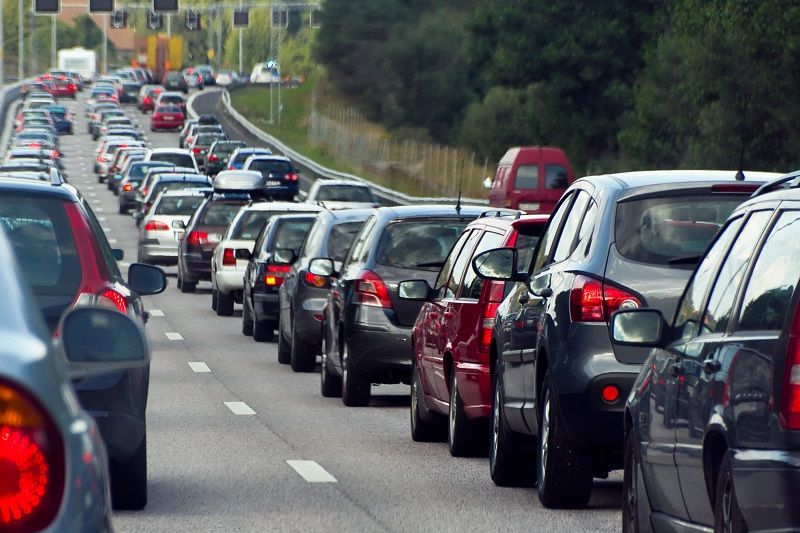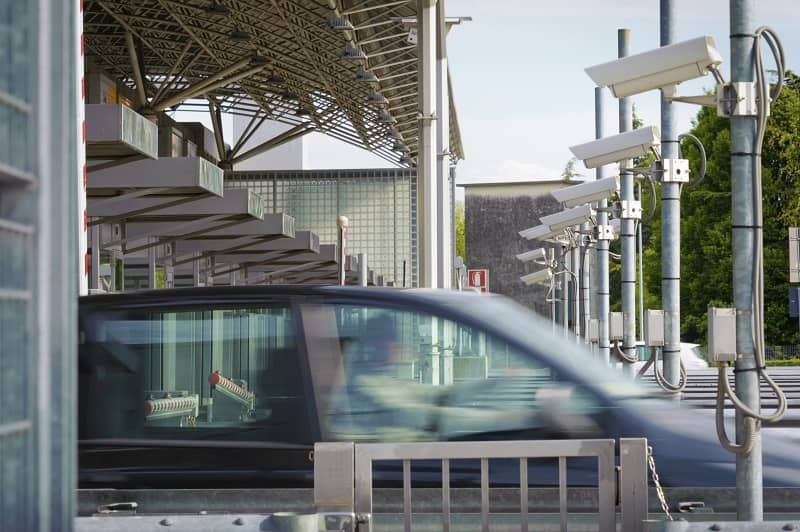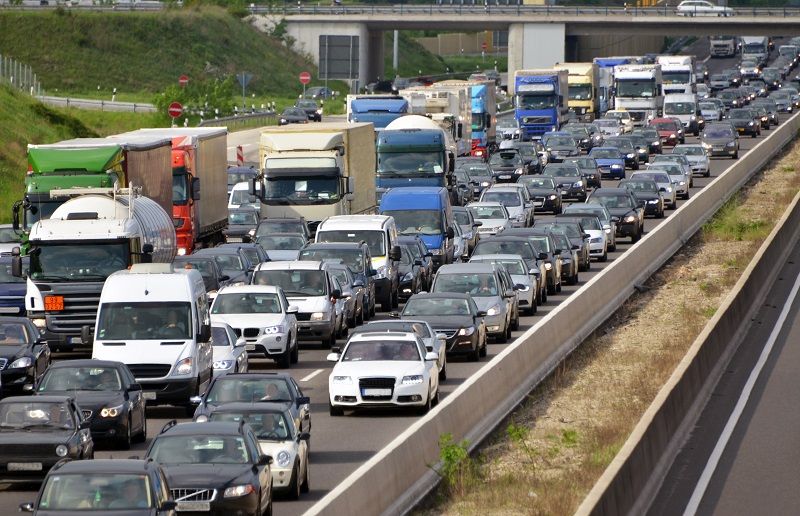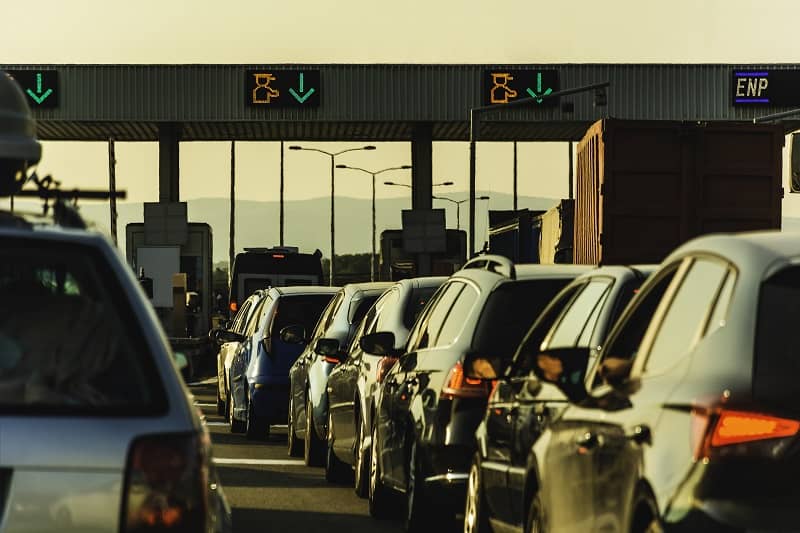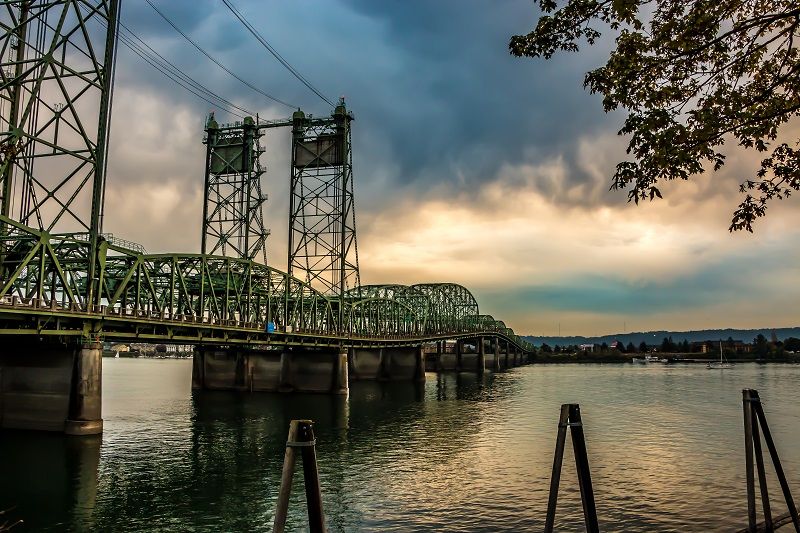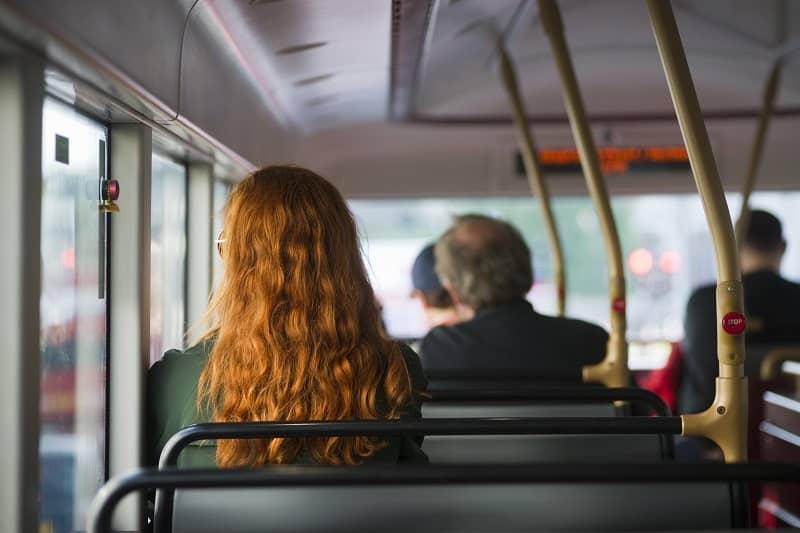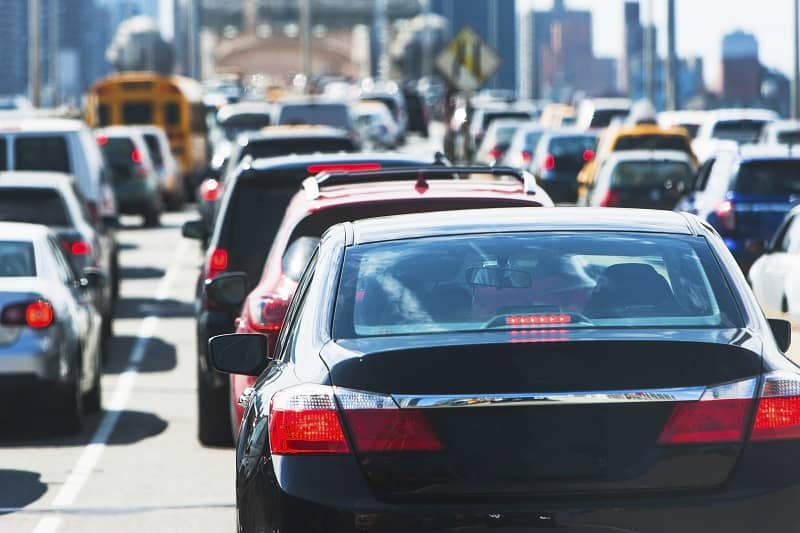February marked the four-year anniversary of the Westside Express Service (WES), the 14.7-mile commuter rail line that runs from Wilsonville to Beaverton. While the train’s owner, TriMet, has emphasized the steady growth in ridership over time, the truth is that WES has been a failure. Daily boardings are still far below the opening-day forecast, and taxpayers subsidize each rider by nearly $40 per round trip.
Although WES was 15 years in the making, it was always a project in search of a purpose. At various times the train was promoted as: (1) a congestion relief tool for HWY 217; (2) a catalyst for so-called “Transit-Oriented Development;” or (3) a way of providing “another option” for travelers. None of these arguments holds up to scrutiny.
During legislative hearings in Salem, representatives from Washington County claimed that WES would take 5,000 motor vehicles per day off of nearby highways. But WES is not even capable of doing that because it only runs 8 times (each direction) over a four-hour period in the morning, and 8 more times in the afternoon, with seating capacity limited to 154 or less on each trip. The train does not run at all on weekends.
In contrast, both HWY 217 and I-5 are heavily used throughout the day, every day of the week, by passenger cars, trucks, buses and emergency service vehicles. WES only caters to passengers.
During its best hours of performance, the total number of passengers traveling on WES is less than 0.5% the number of motorists traveling on HWY 217/I-5 at those same hours. Moreover, every time WES crosses Scholls Ferry Road or any of the other busy East-West thoroughfares, it ties up dozens of vehicles for 40 seconds or more. Since the train itself typically only carries 20-50 passengers per trip, this means that WES actually has made Washington County congestion worse than it was before the train opened.
WES also will not be a catalyst for “transit-oriented development,” because the train stations are a nuisance, not an amenity. The noise associated with train arrivals was always underestimated and has proven to be a significant problem for nearby businesses and residents.
As for the hope that WES would provide “another transit option,” there were already two TriMet bus lines providing over 4,000 boardings per day in parallel routes prior to the opening of WES. Commuter rail simply replaced inexpensive bus service with a massively subsidized train.
Several key statistics summarize the problems with the train:
- WES was originally projected to cost $65 million and open in 2000. It actually cost $161.2 million and opened in 2009.
- TriMet projected an average daily ridership of 2,400 weekday boardings in the first year; actual weekday ridership was 1,156 in 2009 and has grown to 1,639 in 2013. Since each rider typically boards twice daily, only about 820 people actually use WES regularly.
To truly appreciate the high cost of commuter rail, we need to compare it with other types of service offered by TriMet: light rail and bus. The following are averages for the month of January 2013.
|
Operating cost per Vehicle-hour |
Operating cost per Originating ride |
Operating cost per Vehicle-mile |
|
|
Bus |
102.14 |
3.97 |
7.94 |
|
MAX |
282.13 |
2.52 |
18.84 |
|
WES |
$ 1,251.94 |
$ 20.31 |
$ 57.30 |
The operating costs for WES are 12 times higher per hour than bus service, but the public benefits are not 12 times higher. In fact, WES is not even equal to bus service; it is far less flexible, and the equipment is unused most of the time.
TriMet recently predicted that within the next decade, more than half of all bus routes will be eliminated due to operating losses if something doesn’t change. The Board places the blame for this on a labor union contract that saddles the agency with the costliest employee benefits package in the nation. But the union did not force management to build an absurd commuter rail line; that was a choice made by the Board alone, without any consideration of the legacy costs it would impose on future riders.
There will be no happy ending to this story. WES is destined to be a one-hit wonder―an expensive monument to the egos of Westside politicians and TriMet managers. Taxpayers would be better served over the long term if we simply cancelled WES, repaid grant funds to the federal government, and moved the few WES customers back to buses.
John A. Charles, Jr. is President and CEO of Cascade Policy Institute, Oregon’s free market public policy research organization.



